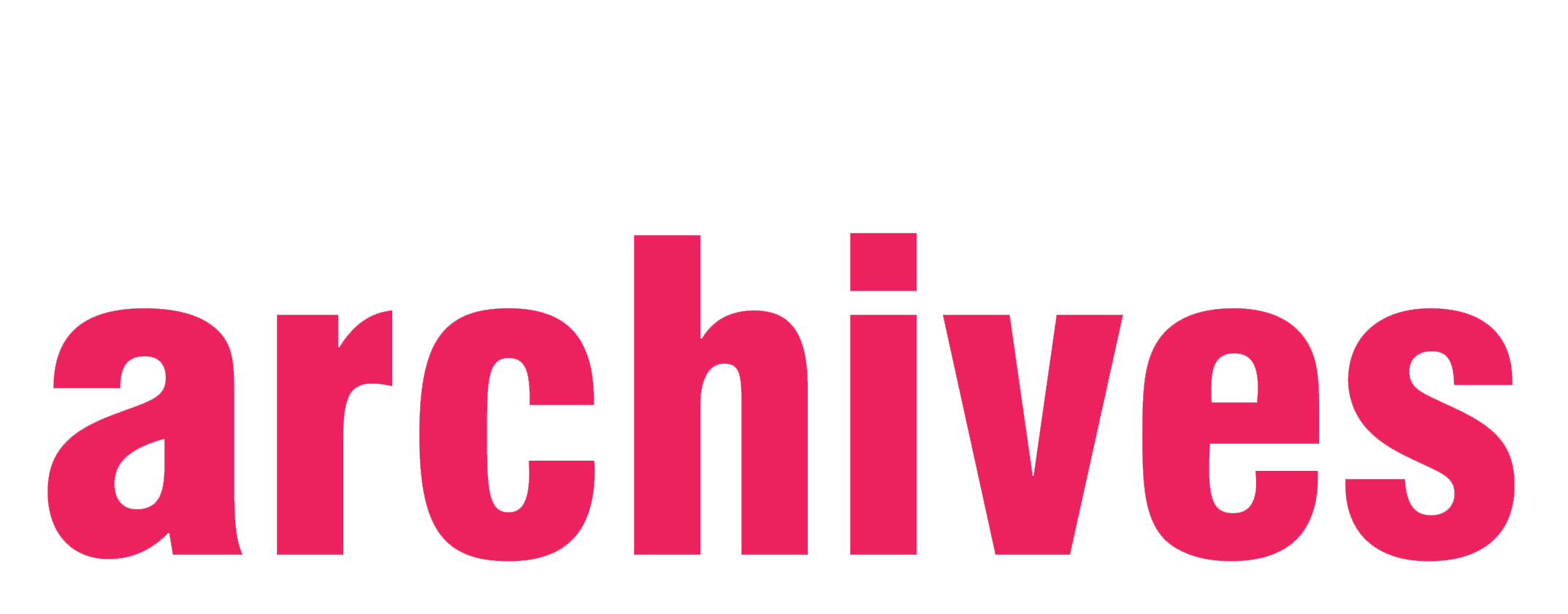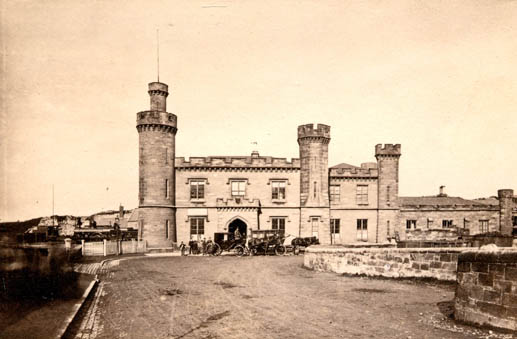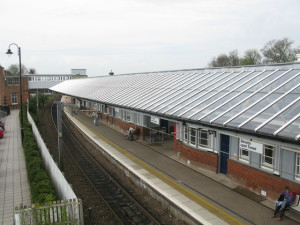Following on from our post on the 12th January we have the third entry from the Matron’s Medical Report Book, with the arrival of another 12 patients and the increase in numbers now beginning to put a strain on the sanatorium’s resources. By the end of 1908 a total of 62 patients had been admitted and the sanatorium grew considerably over the coming years with the addition of new wings and more beds.
June 12th 1908
“Twelve new patients have come during the last month.
11. Clementine Logan, aged 9; 94, Adelaide St, South Shields
12. Isabella Clementson, aged 12; 123, Robinson St, South Shields
13. George Regan, aged 14; 6, Kyle St, Newcastle-upon-Tyne
14. Hannah E. Hindmarsh, aged 11; 19 Scotch Arms Yard, Morpeth
15. Peter Miller, aged 15; 124, Newgate St, Morpeth
16. Arthur B. Jackman, aged 7 ½; Hanover Sq, Newcastle-upon-Tyne
17. Amelia Seitz, aged 12; 11 Market Place, South Shields
18. Joseph Toward, aged 16 ¼; 9 Carlisle St, Newcastle-upon-Tyne
19. Clara Wilson, aged 11 ½; 12, Newcombe St, Newcastle-upon-Tyne
20. Mary G. Benson, aged 12 ½; 9, Annie Jane Terrace, Gateshead
21. John Gray, aged 15; 12 Pearson St, High Walker
22. Jane A. Farrow, aged 7 ¾; 83, Violet Street, Benwell, Newcastle
Of the four patients whose time is up today application for a further extension has been made in the case of two, Margaret J. Smith & James Robson. It is hoped that a third J. E. Kenney, may go to the Philipson Farm Colony where the final arrest of his disease might be established. The fourth, T. Hill, goes home practically ‘cured’. These last two have gained 6 ½ lbs & 6 lbs respectively in weight.
The general condition of the patients is quite satisfactory. Most of them are gaining weight rapidly. Several of the new patients are feverish. Four have not coughed up any phlegm. Tubercle Bacilli were present in six of the remaining eight cases.
The children (who are fit to) now do work for about 2 hrs every day & Mr Atkin has kindly prepared a strip of land where they do some light gardening. We are expecting a private patient in about a week’s time. Another nurse will then be essential. An average of 5 to 6 patients in bed (on account of fever) adds considerably to the labour for the nurses & the strain of constantly holding the others in check makes their work very tiring.”
![Patients and Staff Outside the Sanatorium c.1920s [HOSP/STAN/11/1/54]](http://www.northumberlandarchives.com/wp-content/uploads/2015/01/HOSP-STAN-11-01-54-300x192.jpg)






